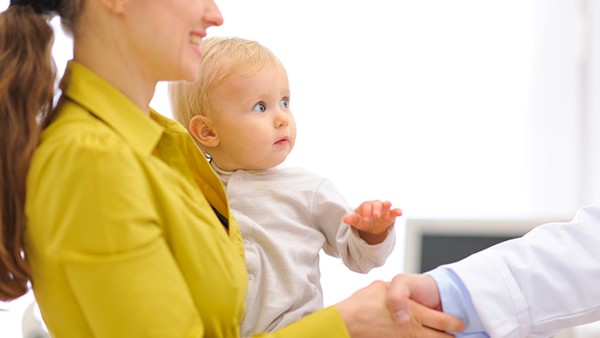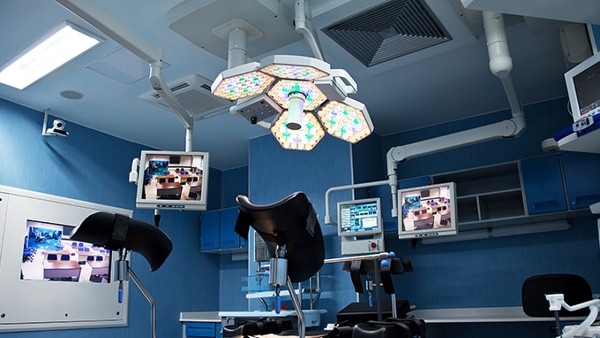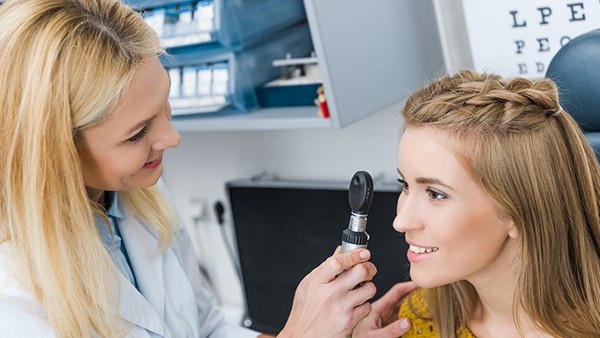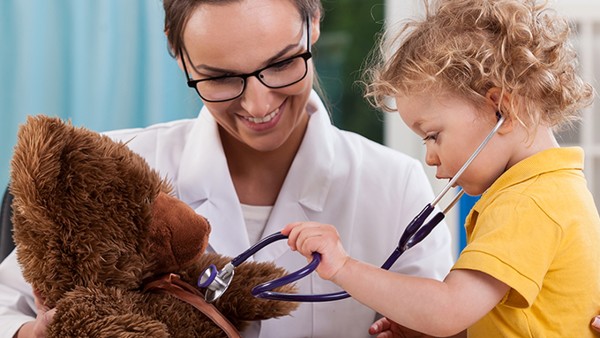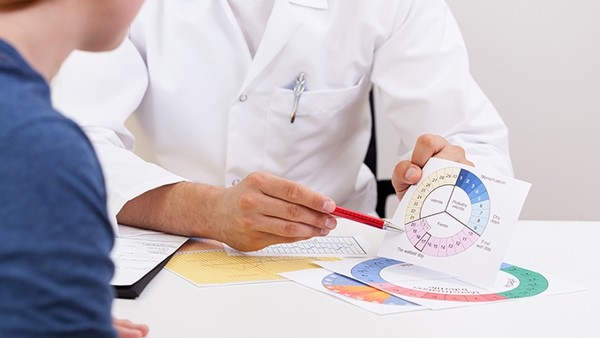How to prevent and care for neonatal jaundice
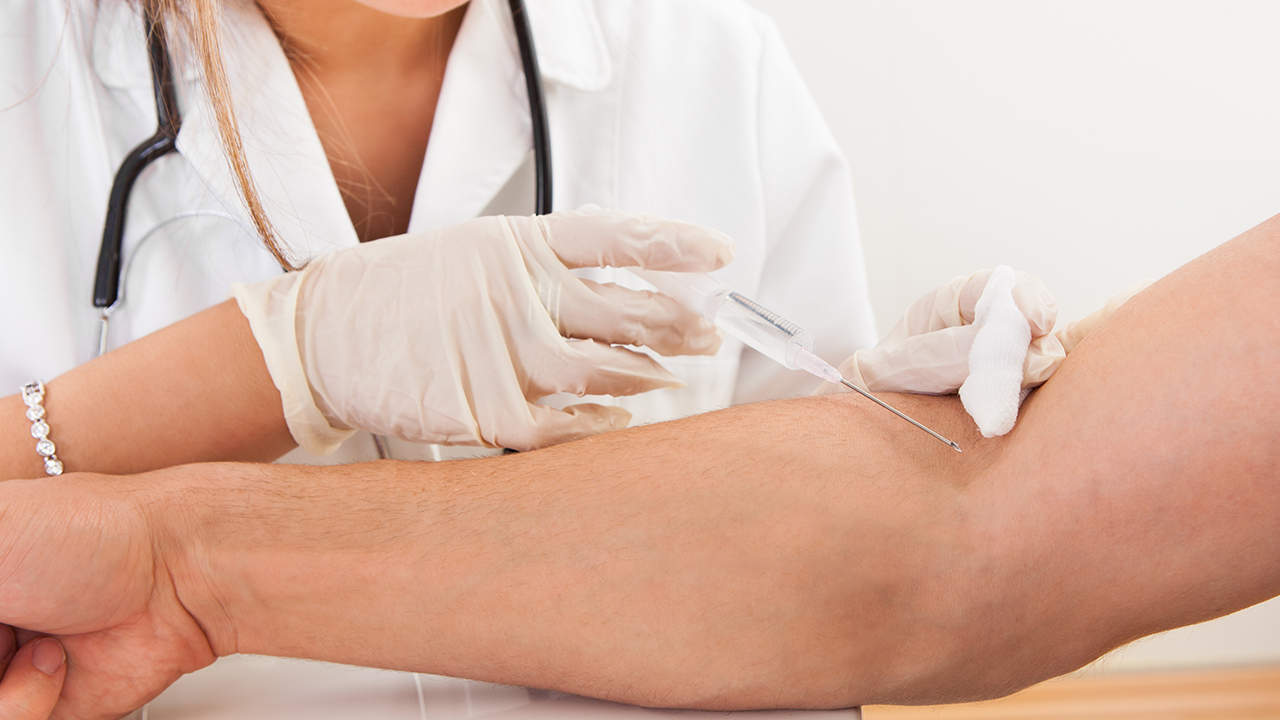
Neonatal jaundice is a common condition that affects newborns. It is caused by a build-up of bilirubin, a yellow pigment that is produced when red blood cells are broken down. Jaundice usually appears within the first few days of life and typically lasts for about two weeks. In most cases, neonatal jaundice is harmless and does not require treatment. However, in some cases, it can lead to serious health problems, such as kernicterus.
There are a number of things that can be done to prevent and care for neonatal jaundice.
Prevention
The following measures can help to prevent neonatal jaundice:
Breastfeeding: Breastfeeding can help to lower bilirubin levels by promoting the production of bile, which helps to remove bilirubin from the body.
Avoiding dehydration: Dehydration can increase bilirubin levels. Make sure your baby is getting enough fluids, especially breast milk or formula.
Phototherapy: Phototherapy is a treatment that uses light to break down bilirubin. It is usually used for babies who have high levels of bilirubin.
Care
If your baby has neonatal jaundice, there are a number of things you can do to care for them:
Watch for signs of kernicterus: Kernicterus is a serious condition that can occur when bilirubin levels become too high. Signs of kernicterus include:
Lethargy
Irritability
Poor feeding
Seizures
Muscle stiffness
Bulging fontanelles (the soft spots on the baby's head)
See your doctor: If you are concerned about your baby's jaundice, see your doctor right away. Your doctor will check your baby's bilirubin levels and determine if treatment is necessary.
Treatment
Treatment for neonatal jaundice depends on the severity of the condition. In most cases, treatment is not necessary. However, if your baby's bilirubin levels are high, your doctor may recommend phototherapy or exchange transfusion.
Phototherapy: Phototherapy is a treatment that uses light to break down bilirubin. It is usually used for babies who have high levels of bilirubin. Phototherapy is typically done in the hospital.
Exchange transfusion: Exchange transfusion is a procedure in which the baby's blood is replaced with donor blood. This is usually done for babies who have very high levels of bilirubin. Exchange transfusion is typically done in the hospital.
Outlook
The outlook for babies with neonatal jaundice is generally good. Most babies recover completely within a few weeks. However, in some cases, neonatal jaundice can lead to serious health problems, such as kernicterus.
If you are concerned about your baby's jaundice, see your doctor right away. Early diagnosis and treatment can help to prevent serious complications.
Additional information
[Neonatal Jaundice](https://www.nichd.nih.gov/health/topics/jaundice/conditioninfo/Pages/default.aspx) from the National Institute of Child Health and Human Development
[Jaundice in Newborns](https://www.healthychildren.org/English/ages-stages/baby/Pages/Jaundice-in-Newborns.aspx) from the American Academy of Pediatrics
[Neonatal Hyperbilirubinemia](https://emedicine.medscape.com/article/978719-overview) from eMedicine
The above is all the content that the editor wants to share with you. I sincerely hope that these contents can bring some help to your life and health, and I also wish that your life will be happier and happier.
Topic: #prevent #and #how